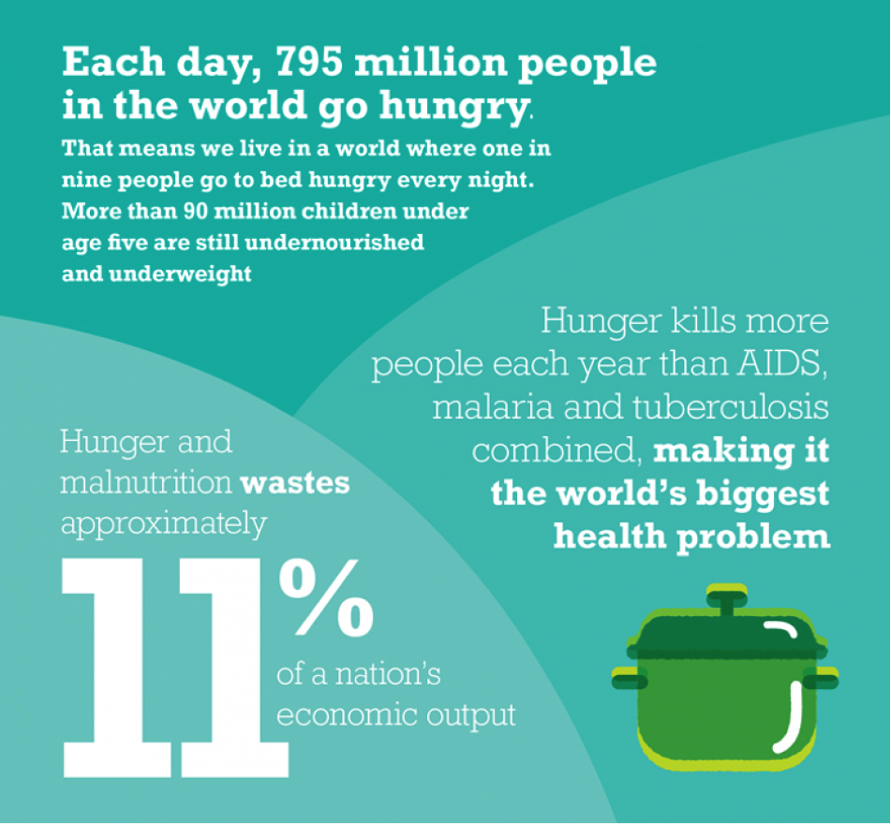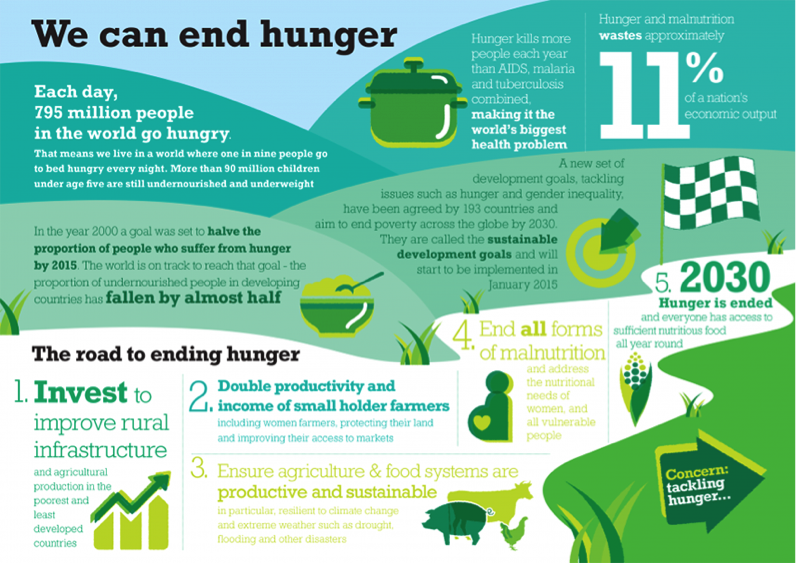The UN general assembly launched the new development this past month, what can we hope for them to achieve?

At the UN general assembly in New York last weekend, a new set of development goals was launched. These are called the sustainable development goals (SDGs). Also known as the Global Goals. More than 150 world leaders attended the summit to represent the 193 countries who signed up to achieve these goals.
What are the goals and what do they aim to achieve? Below are seven things we would like you to know about the SDGs.
1. The main ambition of the SDGs are to eradicate global poverty by the end of 2030. Around one billion people live on less than $1.25 a day. While at first this may seem like an unrealistic goal, according to the most recent estimates the percentage of people in the developing world who lived on or below $1.25 a day has gone down by around 26% since 1990 and by around 35% since 1980.
2. The SDGs are replacing the millennium development goals (MDGs), eight international development goals that were established following the UN millennium summit in 2000.The MDGs aimed to reduce poverty and hunger, achieve universal education, promote gender equality, reduce child and maternal deaths, combat HIV, malaria and other diseases, ensure environmental sustainability, develop global partnerships.

3. The vision of the SDGs is to leave no one behind, not only addressing poverty in developing countries but in places like the UK too. The MDGs were about tackling poverty, hunger and inequality, but did not address the root causes of those issues. The SDGs aim to look at what the drivers of poverty are and address the blockages to development.
4. There are 17 goals with 169 targets. There will be many hundreds of indicators which will measure progress towards achieving the goals.
![]()
5. The SDGs will start to be implemented in January 2016 to replace the MDGs which come to an end at the end of 2015. That means we have 15 years to eradicate major development challenges such as poverty, hunger and gender inequality. 15 years is not a long time but we believe that it is possible.
6. We believe that all of the sustainable development goals are important. However, the overall ambition to eradicate extreme poverty by 2030 will not be possible without ending hunger and malnutrition. Good nutrition is not only an outcome of development; it is also a driver of development and economic growth. Hunger and malnutrition wastes about 11% of a country’s economic output. Access to sufficient nutritious food is one of the foundations of sustainable development.
7. SDG 2 aims to end hunger and ensure that everyone has access to sufficient nutritious food all year round by 2030. We believe this goal is achievable. Check out our infographic which lays out the road to ending hunger by 2030.
We want to see a world where no one dies for want of safe, nutritious food. That is why we tackle hunger to transform people’s lives. Ending hunger by 2030 is possible with political will and if everyone takes on their share of responsibility to ensure that every person everywhere has access to sufficient nutritious food all year round.

Your voice matters. Help us spread the message so more people know that if we work together, we could see an end to hunger in our lifetime.
This piece was contributed by Francesca Fryer, Campaigns and Parliamentary Officer at Concern Worldwide UK.